“All the lessons are in nature. You look at the way rocks are formed – the wind and the water hitting them, shaping them, making them what they are. Things take time, you know?”
-Diane Lane
Salutations! If this is your first time visiting our blog, welcome! If you’ve been here before, thank you for staying with us! In today’s lesson, we will be continuing our discourse about mineral and rocks. This time, we’ll be focusing on the various types of rocks and the rock cycle. Let’s get started.
At the end of the lesson, the learners will be able to:
- Identify and describe the three basic rock types;
- Establish relationships between rock types and their mode of origin and environments of deposition/formation; and
- Understand the different geologic processes involved in rock formation.
Just a fun fact, approximately 85% of the Earth’s crust is composed of oxygen and silicon. Together they form the silicon oxygen tetrahedron, which is the basic building block of silicate minerals. Silicates are also termed as (common) rock forming minerals. This bit of information will be useful as we move on with our lesson.
Before we know how the process of rock formation occurs, we must first understand the concept of the rock cycle.
The Rock Cycle

- The Rock Cycle is a group of changes. Igneous rock can change into sedimentary rock or into metamorphic rock. Sedimentary rock can change into metamorphic rock or into igneous rock. Metamorphic rock can change into igneous or sedimentary rock.
- Constant recycling of minerals
- Illustrates how geologic processes occurring both underneath and on the earth’s surface can change a rock from one type to another.
- Igneous rock forms when magma cools and makes crystals. Magma is a hot liquid made of melted minerals. The minerals can form crystals when they cool. Igneous rock can form underground, where the magma cools slowly. Or, igneous rock can form above ground, where the magma cools quickly.
-
When it pours out on Earth’s surface, magma is called lava. Yes, the same liquid rock matter that you see coming out of volcanoes.
-
On Earth’s surface, wind and water can break rock into pieces. They can also carry rock pieces to another place. Usually, the rock pieces, called sediments, drop from the wind or water to make a layer. The layer can be buried under other layers of sediments. After a long time the sediments can be cemented together to make sedimentary rock. In this way, igneous rock can become sedimentary rock.
-
All rock can be heated. But where does the heat come from? Inside Earth there is heat from pressure (push your hands together very hard and feel the heat). There is heat from friction (rub your hands together and feel the heat). There is also heat from radioactive decay (the process that gives us nuclear power plants that make electricity).
-
So, what does the heat do to the rock? It bakes the rock.
-
Baked rock does not melt, but it does change. It forms crystals. If it has crystals already, it forms larger crystals. Because this rock changes, it is called metamorphic. Remember that a caterpillar changes to become a butterfly. That change is called metamorphosis. Metamorphosis can occur in rock when they are heated to 300 to 700 degrees Celsius.
-
When Earth’s tectonic plates move around, they produce heat. When they collide, they build mountains and metamorphose (met-ah-MORE-foes) the rock.
-
The rock cycle continues. Mountains made of metamorphic rocks can be broken up and washed away by streams. New sediments from these mountains can make new sedimentary rock.
-
The rock cycle never stops.
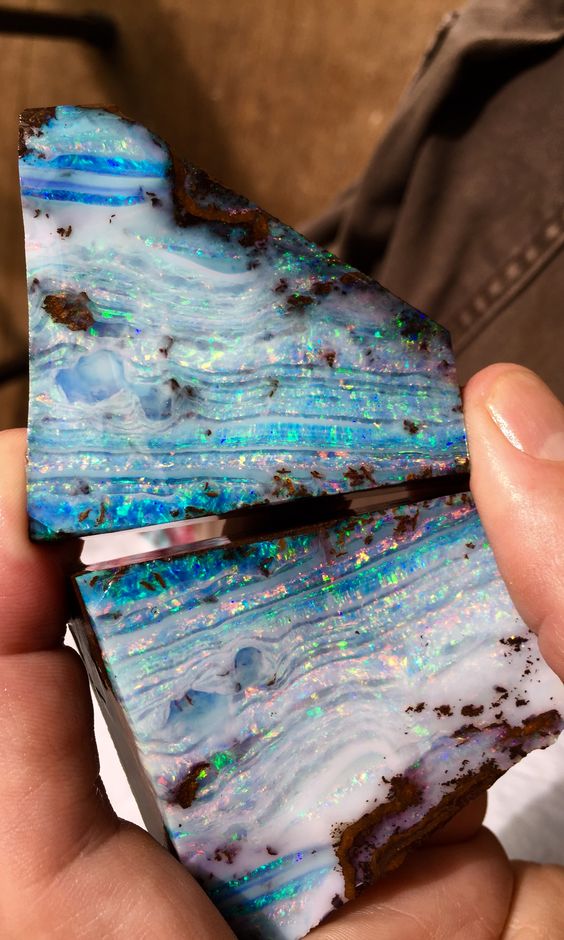
Types of Rocks
1. Igneous Rocks
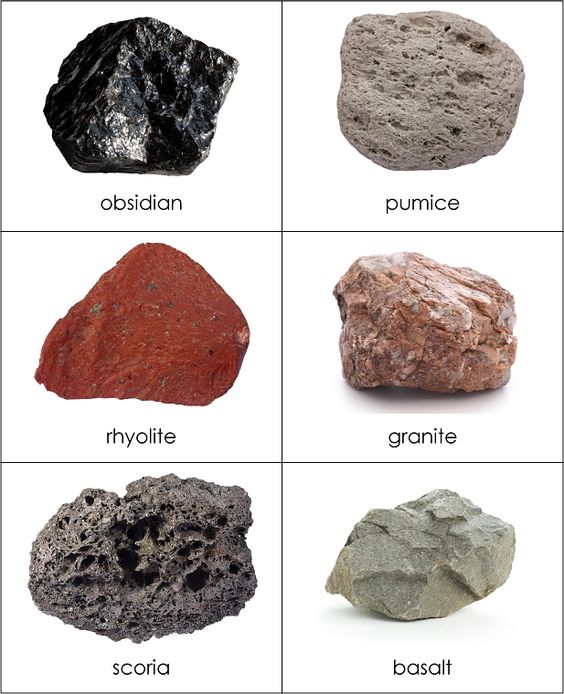
These are rocks that are derived from the cooling and solidification of magma or lava – from solidified molten rock materials, usually hard and crystalline – rate of cooling as one of the most important factors that control crystal size – solidification can occur along the surface of the earth or beneath the surface of the earth.
- Differentiating magma and lava. Magma is a molten rock material beneath the surface of the earth. Lava is molten rock material extruded to the surface of the earth through a central vent (volcano) or as fissure eruption.
- Teacher should be able to describe plutonic or intrusive rocks and be able to discuss the processes of their formation and observable textures. Give examples. – from solidified magma underneath the earth – gradual lowering of temperature is indicated by the movement of magma from depth to surface causing slow cooling /crystallization – Phaneritic textures – Examples: granite, diorite, gabbro
- Teacher should be able to describe volcanic or extrusive rocks and be able to discuss their processes of formation and their observable textures. Give examples. – from solidified lava at or near the surface of the earth – fast rate of cooling/crystallization due to huge variance in the temperature between Earth’s surface and underneath common textures: aphanitic, porphyritic (define groundmass vs phenocrysts), vesicular – examples: rhyolite, andesite, basalt – pyroclastic rocks: fragmental rocks usually associated with violent or explosive type of eruption. Examples tuff and pyroclastic flow deposits (ignimbrite)
- Igneous rocks are also classified according to silica content and relative amounts of K, Na, Fe, Mg and Ca. They can be classified as felsic, intermediate, mafic and ultramafic, practically based on presence of light and dark colored minerals. The relatively dark minerals are olivine, pyroxene, hornblende and biotite. The relatively light-colored minerals are plagioclases, K-feldspars, quartz and muscovite.
a. felsic: granitic: >65% silica, generally light-colored
b. intermediate: andesitic: 55-65% silica, generally medium colored (medium gray)
c. mafic: basaltic: 45-55% silica, usually dark colored
d. ultramafic: <45% silica, generally very dark colored
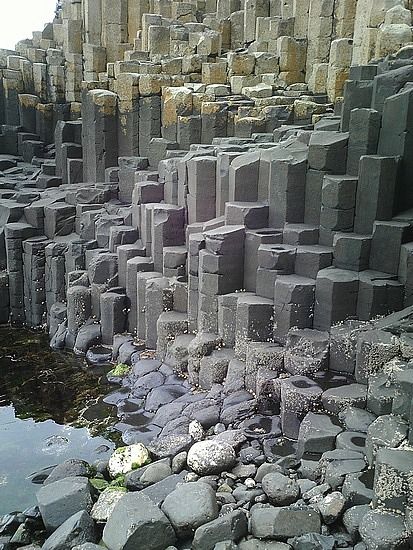
2. Sedimentary rocks
These are rocks that are formed at or near the surface of the Earth – sedimentary processes include: weathering of rocks, erosion, sediment transport and deposition (compaction and cementation) – common sedimentary features: fossil assemblages and stratification – fossil assemblages: remains and traces of plants and animals that are preserved in rocks – stratification or layering (strata which is >1 cm is called bedding and < 1 cm is called lamination): layering is the result of a change in grain size and composition; each layer represents a distinct period of deposition.

- Clastic sedimentary rocks
- Grains, matrix and cement are the components of clastic rocks
- Clastic rocks are commonly classified based on particle size
- Clastic rocks with volcanic origin (e.g. pyroclastics) and may have undergone some stages in the sedimentary processes could be classified as sedimentary rock (e.g. volcanoclastic rocks).
- The presence of variable grain sizes (including matrix and cement) is indicative of sedimentary differentiation which is a function of processes happening in different sedimentary environments.
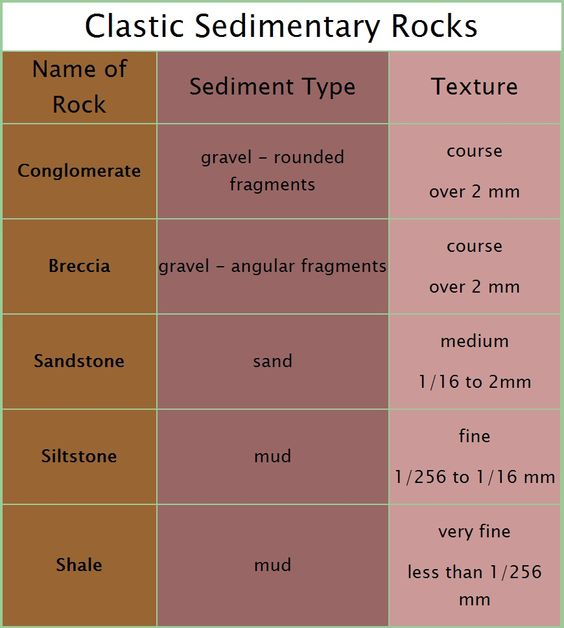
- Non-clastic sedimentary rocks
- Evaporation and precipitation from solution or lithification of organic matter
- Classified as evaporites (halite, gypsum and dolostone), precipitates (limestone) and bioclastics (coal, coquina)
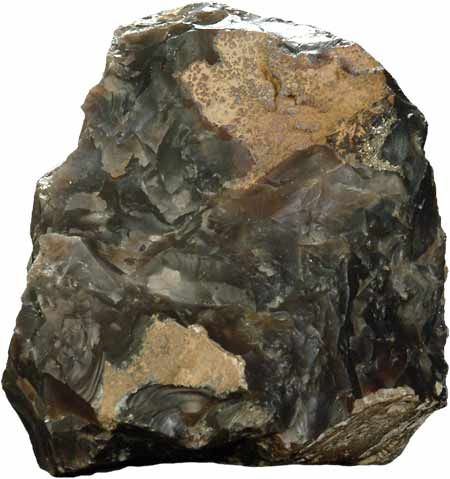

3. Metamorphic rocks
- Formed below the surface of the earth through the process of metamorphism with the re-crystallization of minerals in rocks due to changes in pressure and temperature conditions
- Contact and regional metamorphism
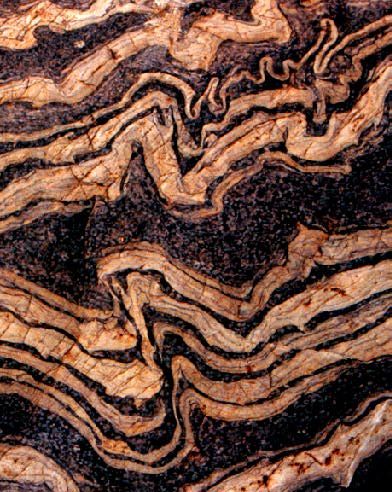
- Contact metamorphism
- Heat and reactive fluids as main factors: occurs when a pre-existing rock gets in contact with magma which is the source of heat and magmatic fluids where metamorphic alterations and transformations occur around the contact / metamorphic aureole of the intruding magma and the rock layers. The aureole occurs on different scales depending on the sizes of the intruding magma and the amount of water in the intruded rocks and the reactive fluids coming from the magma.
- Creates non-foliated metamorphic rocks
- Example: hornfels
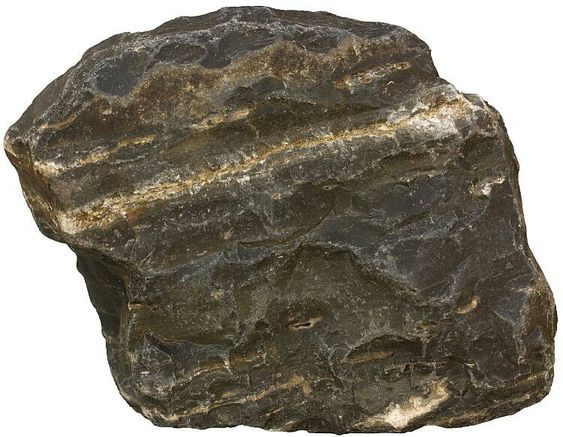
- Regional metamorphism
- Pressure as main factor: occurs in areas that have undergone considerable amount of mechanical deformation and chemical recrystallization during orogenic event which are commonly associated with mountain belts
- Occurs in a regional/large scale
- Creates foliated metamorphic rocks
- Examples: schist, gneiss – non-foliated rocks like marble also form through regional metamorphism, where pressure is not intense, far from the main geologic event
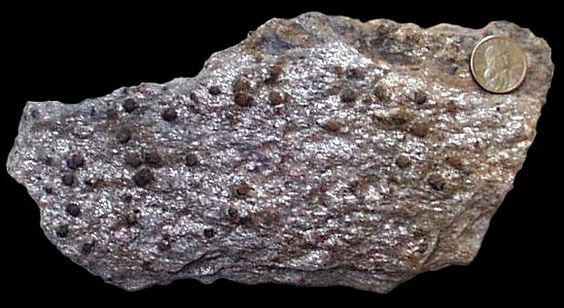
Thank you for your continuous support to our blog! We hope you stay tuned with our future updates. A million thanks for reading our blog.
Sources:
- Licuanan et al.(2016). Teaching Guide for Senior High School EARTH SCIENCE. Quezon City, Philippines: Commission on Higher Education.
- Wheeling Jesuit University (2005). Earth Floor: Cycles. Retrieved from http://www.cotf.edu/ete/modules/msese/earthsysflr/rock.html
ABOUT THE AUTHOR

The writer of this blog post is Jazenca Gael Fermin, a learner from the prestigious school of Aurora National Science High School. She is known for her lively attitude towards things. She likes to hangout with her friends yet she still gives a high academic performance in the process.
